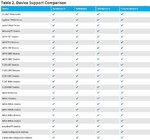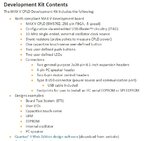matrixofdynamism
Advanced Member level 2

What signals on the MAX V CPLD are used to configure it? If a CPLD is going to be used in a project then does it also require the use of the USB-Blaster as a seperate tool to configure the CPLD? Do these signals or the way the CPLD is configured, differ from how this process is carried out using Cyclone FPGA?



